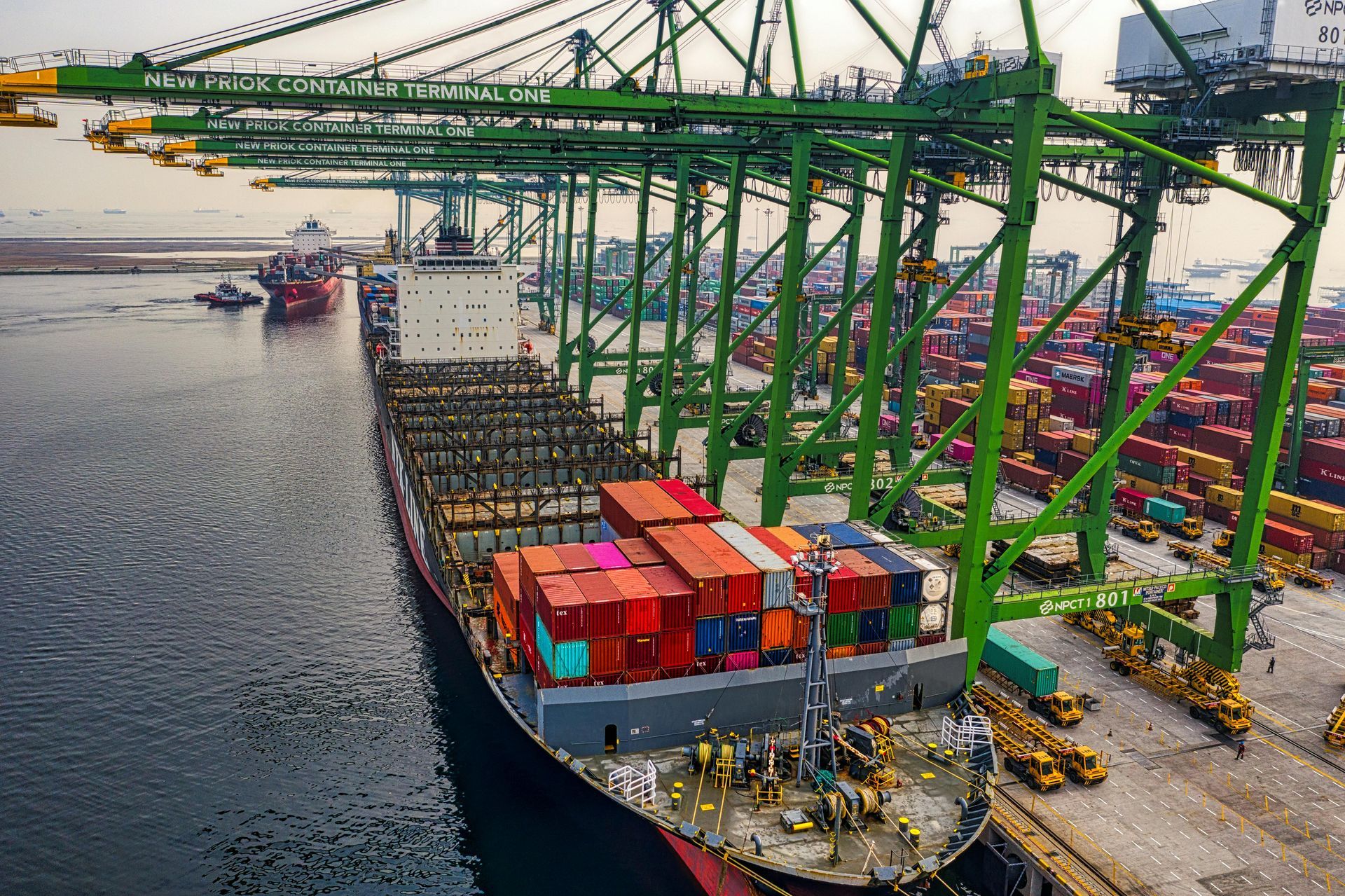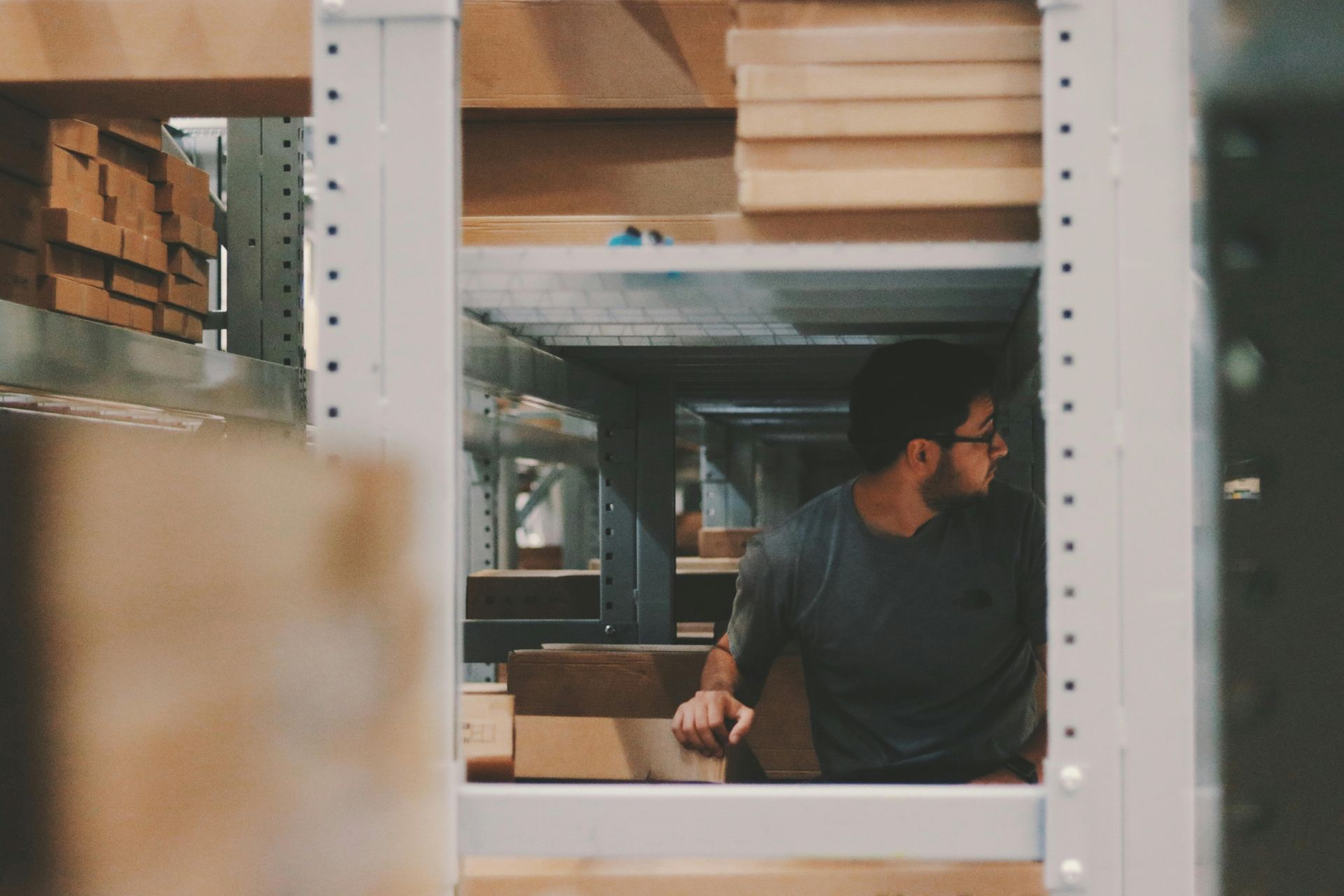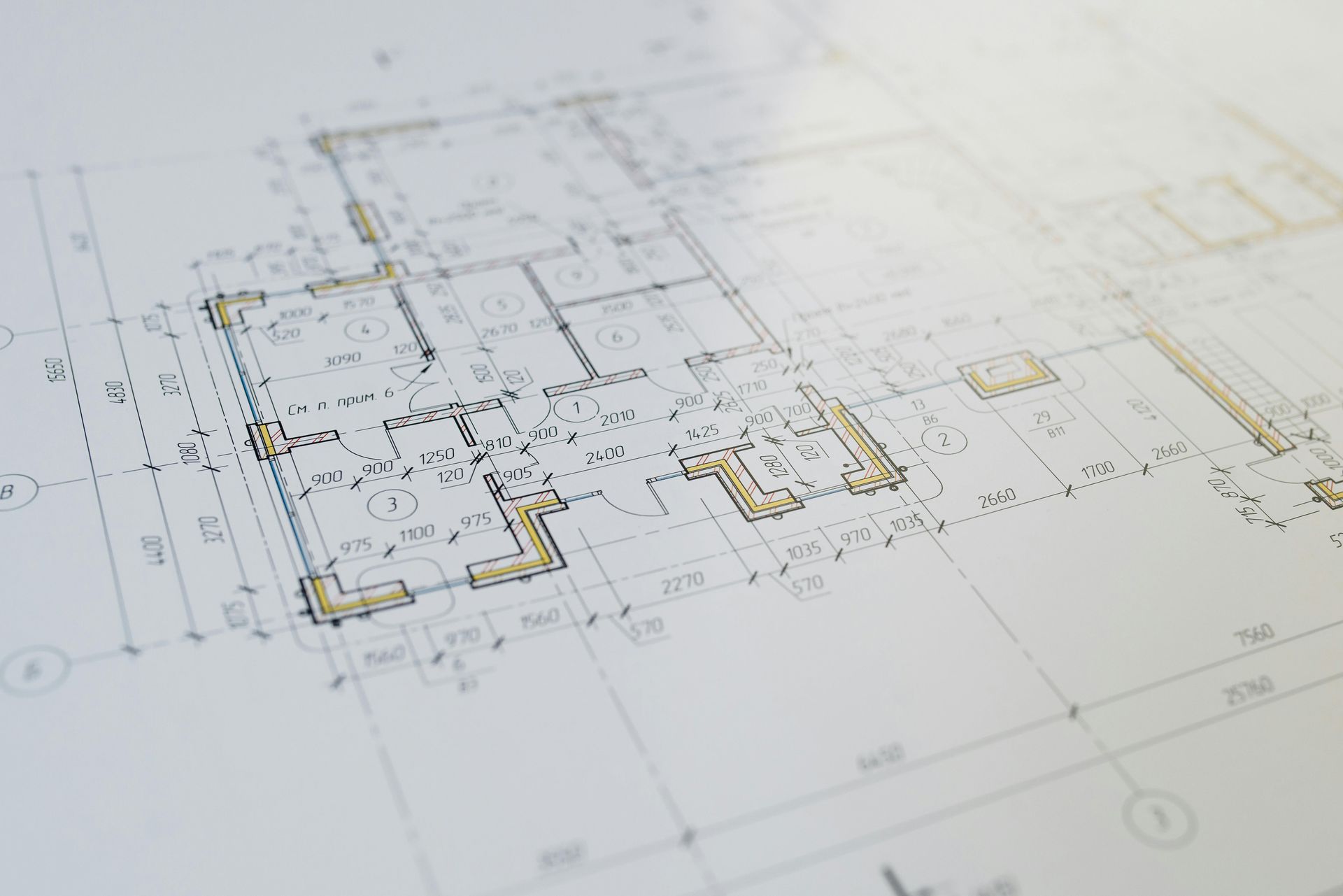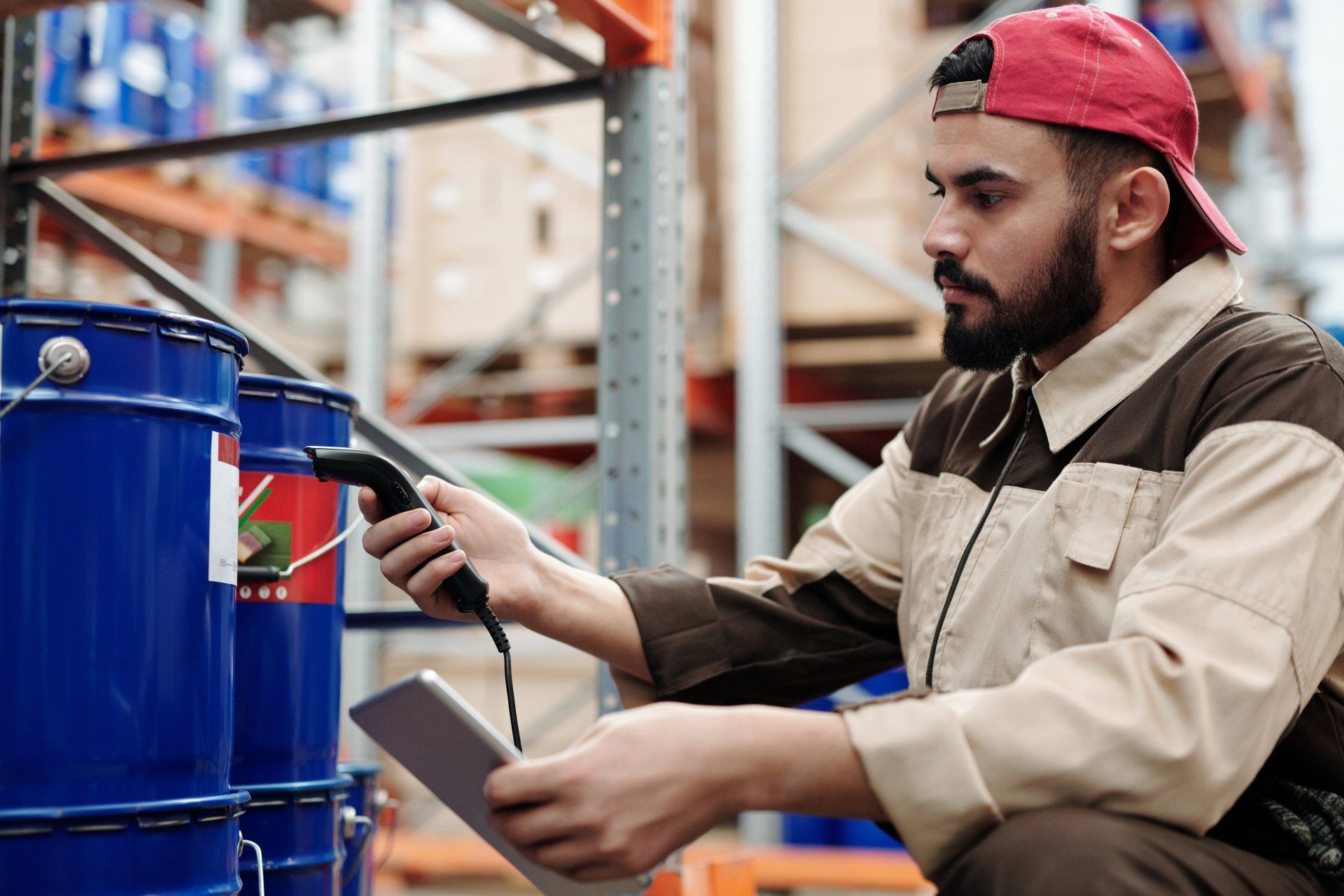The Future of MDU Parking: Adapting to Changing Mobility Trends
As cities evolve, transportation and mobility are changing dramatically. For decades, urban development—including Multiple Dwelling Units (MDUs)—focused on accommodating personal vehicles. However, advancements in technology, sustainable living, and changing consumer preferences are transforming the future of MDU parking. Developers, urban planners, and property managers must adapt to these evolving trends to create flexible, efficient, and sustainable parking solutions that meet the needs of modern urban residents.
In this blog post, we explore the changing landscape of mobility, its impact on MDU parking, and the innovative solutions developers are implementing to meet future needs. By adopting future-ready strategies, MDUs can become more adaptable and environmentally friendly while enhancing urban living for residents.
Changing Mobility Trends in Urban Areas
The way people move around urban areas is rapidly changing, driven by several key trends:
- The Rise of Ride-Sharing and Car-Sharing: Ride-sharing services like Uber and Lyft, as well as car-sharing platforms like Zipcar, have fundamentally changed the way people think about car ownership. For many urban residents, owning a car is no longer a necessity, thanks to the convenience and affordability of these services. As a result, the demand for parking spaces in MDUs is gradually decreasing, leading developers to rethink how much parking infrastructure is truly needed for new projects.
- Increased Adoption of Micromobility: Micromobility solutions, such as electric scooters and bicycles, have become popular alternatives for short trips within urban areas. These options offer a convenient and eco-friendly way to navigate the city, further reducing the need for personal vehicles and traditional parking spaces. This shift is encouraging developers to provide dedicated parking and charging stations for micromobility options, ensuring that residents have easy access to these sustainable modes of transport.
- Electric Vehicles (EVs) and Charging Infrastructure: As electric vehicles become more common, the need for charging infrastructure is increasing. Residents who do choose to own a car are increasingly opting for electric vehicles, which means that MDU developers must consider how to integrate EV charging stations into their parking facilities. This trend is driving the inclusion of smart EV charging solutions that can manage power demand efficiently, ensuring that residents have access to reliable charging options without overwhelming the building's power supply.
- Public Transit and Walkability: Cities are investing heavily in public transit and walkable infrastructure to reduce traffic congestion and create more sustainable urban environments. Improved public transportation options make it easier for residents to get around without owning a car, further reducing the need for extensive parking facilities. By integrating MDUs with public transit networks and enhancing walkability, developers can create living environments that prioritize convenience and sustainability.
- Remote Work and Changing Commuting Patterns: The rise of remote work has also had a significant impact on mobility trends. With more people working from home, the need for daily commuting has decreased, leading to reduced car usage. This change has further reduced the demand for parking spaces in MDUs, allowing developers to rethink how they allocate parking resources. By considering the evolving nature of work and commuting, developers can create parking solutions that are more aligned with residents' current and future needs.
Rethinking Parking Requirements for MDUs
Given the changing mobility trends, developers are rethinking traditional parking requirements for MDUs. The days of building expansive parking garages to accommodate every resident are gradually coming to an end. Instead, developers are exploring more flexible and efficient solutions that align with the evolving needs of urban residents.
- Reduced Parking Ratios: Many cities are revisiting their zoning regulations to reduce or eliminate minimum parking requirements for new developments. This allows developers to allocate fewer resources to parking and focus more on creating amenities that enhance the quality of life for residents. By reducing parking ratios, developers can also decrease construction costs and make housing more affordable. Reduced parking requirements also free up space that can be used for green areas, community amenities, or additional residential units, enhancing the overall value of the development.
- Flexible Parking Spaces: Developers are increasingly designing parking facilities that can be repurposed in the future. For example, parking garages with higher ceiling heights, flat floors, and modular designs can be converted into other uses, such as retail spaces, storage units, or additional residential units. This flexibility ensures that the parking infrastructure remains relevant even as mobility trends continue to evolve. By designing parking facilities with adaptability in mind, developers can future-proof their investments and ensure that their properties remain viable as transportation preferences shift.
- Shared and Managed Parking: Shared parking models, where parking spaces are allocated based on demand rather than assigned to individual units, can help optimize the use of available space. Managed parking systems, which use technology to track and allocate spaces in real-time, can also help ensure that parking is used efficiently and that residents can easily find available spots when needed. These shared models not only maximize efficiency but also reduce the need for excessive parking infrastructure, making developments more sustainable and cost-effective.
- Multi-Use Parking Structures: Developers are also exploring multi-use parking structures that serve more than just parking needs. For instance, parking garages can be designed to include commercial spaces, community centers, or recreational facilities on the ground floor. This approach makes better use of limited urban land and creates more vibrant, mixed-use developments that enhance the community experience. By integrating parking with other functions, developers can create more dynamic and engaging spaces that contribute to the overall appeal of the development.
Designing for Electric Vehicles
With the increasing adoption of electric vehicles, MDUs must be equipped to meet the charging needs of residents who own EVs. Integrating EV charging infrastructure into MDU parking facilities is a critical consideration for developers looking to future-proof their properties.
- EV Charging Stations: Installing EV charging stations in parking garages is becoming a standard practice for new MDU developments. These charging stations can be installed in dedicated parking spots or shared among multiple residents. Providing EV charging infrastructure is not only a convenience for residents but also an important selling point for attracting environmentally conscious tenants. Additionally, offering multiple levels of charging—such as fast chargers and standard chargers—can cater to different needs and provide flexibility for residents.
- Smart Charging Solutions: Smart charging solutions can help manage the demand for electricity and ensure that EV charging is done in an efficient and cost-effective manner. These systems can distribute power based on the availability of energy and the number of vehicles connected, helping to prevent overloading the building's electrical system. Smart charging also allows for scheduled charging during off-peak hours, which can reduce energy costs and contribute to a more balanced power grid.
- Future-Proofing Electrical Capacity: As the number of electric vehicles continues to grow, it is important for developers to future-proof the electrical capacity of their buildings. This may involve installing higher-capacity electrical panels and conduits that can accommodate additional charging stations in the future. By planning for future expansion, developers can ensure that their properties remain attractive to EV owners as demand for charging infrastructure increases.
Adapting to Micro mobility and Alternative Transportation
The rise of micromobility and alternative transportation options is also influencing how developers design parking facilities for MDUs. Rather than focusing solely on accommodating cars, developers are incorporating features that support a variety of transportation modes.
- Dedicated Micromobility Parking: Providing dedicated parking and storage areas for bicycles, electric scooters, and other micromobility options is becoming increasingly important. Secure bike rooms, charging stations for electric scooters, and easily accessible storage areas can help residents embrace these alternative modes of transportation. By providing well-designed storage and charging facilities, developers can encourage the use of micromobility options, reducing the reliance on personal vehicles and promoting a healthier, more sustainable lifestyle.
- Integration with Public Transit: Developers are also considering how to integrate MDU parking facilities with public transit options. Providing easy access to nearby transit stations, offering shuttle services, or including transit pass incentives can help reduce the reliance on personal vehicles and promote the use of public transportation. By aligning parking facilities with public transit, developers can create communities that prioritize connectivity and convenience, making it easier for residents to adopt car-free lifestyles.
- Micromobility Charging and Maintenance: To further support the adoption of micromobility options, developers can include charging stations and maintenance areas for electric scooters and bicycles. These facilities make it more convenient for residents to use micromobility devices, ensuring that they are always charged and ready for use. By offering on-site maintenance, developers can also help residents keep their micro mobility devices in good working condition, further encouraging their use.
Leveraging Technology for Smarter Parking Solutions
Advancements in technology are playing a key role in the transformation of MDU parking. Smart parking solutions can help developers optimize space usage, improve the resident experience, and reduce the environmental impact of parking facilities.
- Parking Management Apps: Parking management apps allow residents to reserve parking spaces in advance, view real-time availability, and even pay for parking through their smartphones. These apps make parking more convenient for residents and help property managers allocate spaces more efficiently. By leveraging data collected through these apps, property managers can also gain insights into parking usage patterns and make informed decisions to improve efficiency.
- Automated Parking Systems: Automated parking systems, also known as car lifts or mechanical parking, can help maximize the use of limited space by stacking vehicles vertically. These systems are particularly useful in urban areas where land is scarce and expensive. Automated parking can also reduce the environmental impact of parking facilities by minimizing the amount of space needed for ramps and driving lanes. In addition, automated systems can reduce the time and energy spent searching for parking, contributing to a more efficient use of resources.
- Data-Driven Planning: Using data to understand parking usage patterns can help developers and property managers make informed decisions about how to allocate parking resources. By analyzing data on how often spaces are used, developers can determine whether parking facilities are being over- or under-utilized and adjust accordingly. Data-driven planning can also help developers identify opportunities to repurpose underused parking spaces for other community amenities, further enhancing the value of the property.
- License Plate Recognition (LPR) Technology: License plate recognition technology can streamline the parking experience for residents by allowing automated entry and exit from parking facilities. LPR systems can also help property managers monitor parking usage, enforce parking policies, and enhance security. By using LPR technology, developers can create a seamless parking experience that is both efficient and secure for residents.
The Benefits of Future-Ready Parking Solutions
Adapting MDU parking to changing mobility trends offers a range of benefits for both developers and residents. By rethinking traditional parking approaches, developers can create more efficient, sustainable, and cost-effective solutions that meet the needs of modern urban living.
- Cost Savings: Reducing the number of parking spaces or using shared parking models can significantly lower construction costs for developers. These savings can be passed on to residents in the form of more affordable housing options. By minimizing the amount of land and resources dedicated to parking, developers can also invest in additional amenities, such as green spaces, community rooms, or fitness centers, which can enhance the overall appeal of the property.
- Increased Sustainability: By reducing the reliance on personal vehicles and encouraging the use of alternative transportation modes, developers can help reduce the environmental impact of MDUs. Incorporating EV charging, micromobility parking, and public transit integration all contribute to a more sustainable urban environment. Future-ready parking solutions can also help reduce greenhouse gas emissions and minimize the urban heat island effect by reducing the amount of paved surfaces dedicated to parking.
- Enhanced Resident Experience: Providing a variety of parking and transportation options can enhance the overall living experience for residents. Flexible parking facilities, EV charging stations, and micromobility support all contribute to a more convenient and future-ready lifestyle. By offering a range of transportation choices, developers can cater to the diverse needs of urban residents, ensuring that everyone has access to the mobility solutions that work best for them.
- Community and Social Benefits: By rethinking parking and focusing on alternative transportation, developers can create more community-oriented spaces that encourage social interaction. Spaces that might have been dedicated to parking can instead be used for communal gardens, playgrounds, or outdoor seating areas where residents can gather and connect. This shift not only enhances the aesthetic appeal of the property but also fosters a sense of community and belonging among residents.
Embracing the Future of MDU Parking
The future of MDU parking is evolving in response to changing mobility trends, technological advancements, and the need for more sustainable urban living. By embracing these changes, developers can create parking solutions that are flexible, efficient, and aligned with the needs of modern residents. From reduced parking ratios and EV charging infrastructure to micro mobility support and smart parking technologies, the future of MDU parking is about much more than just cars—it's about creating adaptable and sustainable urban spaces that enhance the quality of life for all residents by providing a range of convenient, flexible, and environmentally friendly mobility options.
As we look ahead, it's clear that the role of parking in urban living is shifting. Developers who take a proactive approach to adapting their parking facilities to meet the changing needs of residents will be well-positioned to create vibrant, future-ready communities that thrive in the evolving urban landscape. By focusing on sustainability, technology, and flexibility, MDU parking can become a key asset that supports a high quality of life and contributes to the overall resilience of urban environments.









